If you have tiny red bumps on your upper arms or thighs that don’t itch, you might have keratosis pilaris. Bollywood actress Yami Gautam recently revealed she has been dealing with keratosis pilaris, sharing pre-editing pictures on Instagram, flaunting her natural skin. While most haven’t even heard of this skin condition, many have no idea what it is. Is it dangerous, contagious or deadly? Can it be cured?
TC46 connected with Dermatologist and Cosmetologist Dr Kiran Godse of Hiranandani Hospital, Mumbai to answer these and more such questions about keratosis pilaris or the ‘chicken skin’ condition. Here, he shares 9 vital knowledge nuggets about this skin condition.
1. Little bumps on upper arms, thighs and buttocks is keratosis pilaris
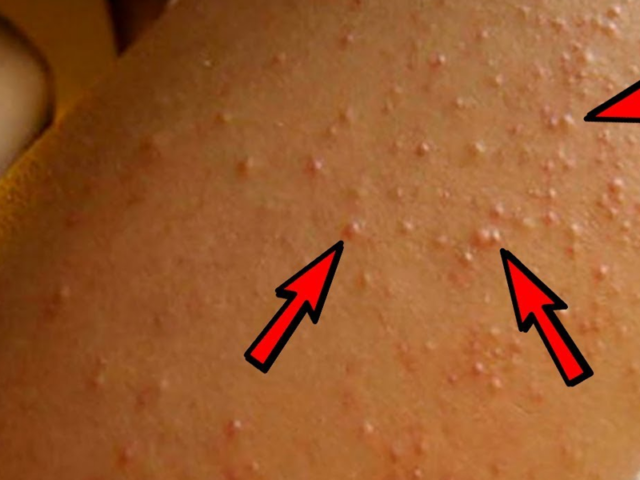
Keratosis Pilaris is a chronic condition most common in the adolescent population. It is a prevalent form of dry skin characterized by small, tiny bumps caused by hair follicle plugging by excess Keratin. The condition is harmless, with dry, rough patches and little bumps on the upper arms, thighs, and buttocks. These bumps usually don’t hurt or itch.
2. Rough bumps of keratosis pilaris get worse with seasonal change
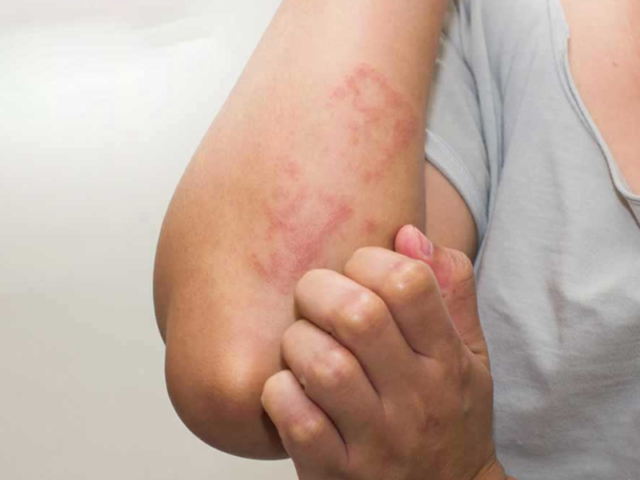
The bumps are usually on the arms, shoulder, thighs, cheeks (mainly in children) and buttocks. They can be white, red, or brown and typically don’t hurt or itch—dry, rough skin on the areas of bumps. These rough bumps or patches tend to get worse with the season change, with low humidity leading to dry skin. Some reports also suggest the skin condition worsens in some women during pregnancy.
3. Accumulation of keratin in the skin causes this condition
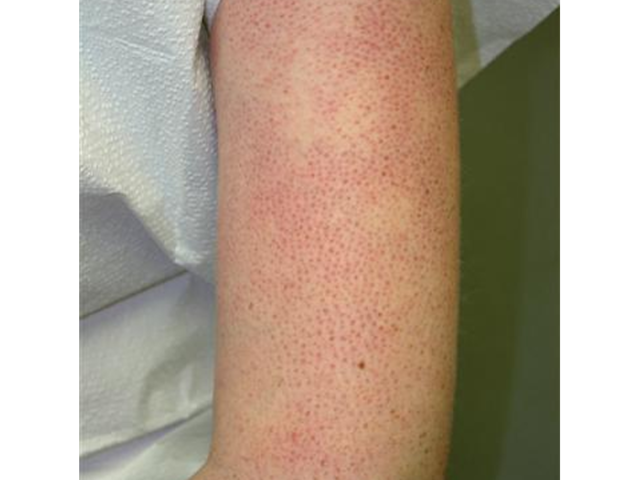
Keratosis Pilaris is caused by the accumulation of Keratin, a complex protein that protects the skin from harmful substances and different forms of infection. The Keratin usually blocks the opening of the hair follicles, causing those patches of rough and bumpy skin. The Keratin buildup cause is unknown; however, medical experts suggest it may be related to Atopic Dermatitis or linked to genetic diseases.
4. Mostly, teenagers develop keratosis pilaris
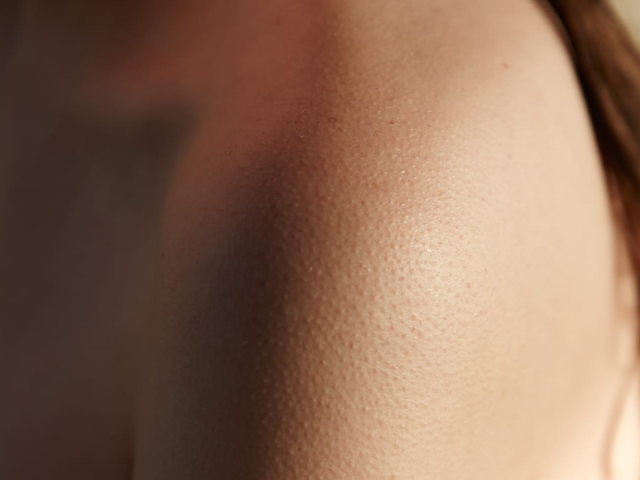
Anyone can acquire this condition. However, children and especially teenagers, are more prone to developing the disease. It first appears in early childhood and progresses, becoming most extensive during the second decade of life. Keratosis Pilaris is associated with many other conditions, including Atopic Dermatitis, Ichthyosis Vulgaris, Obesity, Diabetes Mellitus, and malnutrition.
5. Topical treatment options work for getting rid of keratosis pilaris
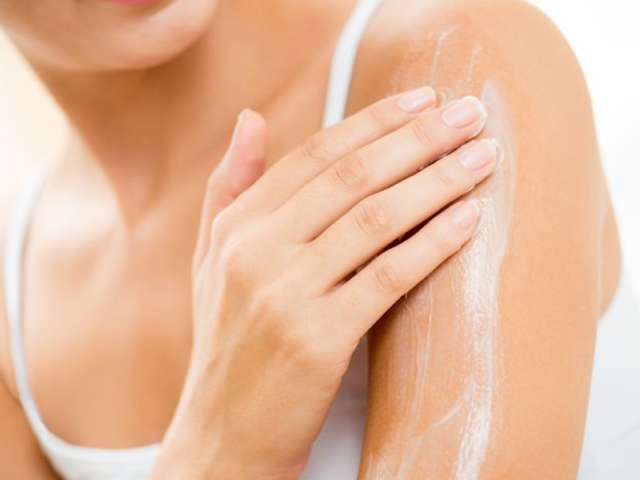
It is an asymptomatic condition that generally improves over time. The topical treatments include emollients and topical Keratolytics like Urea, Salicylic acid, Lactic acid and more. Other less common treatment options include laser treatments, Retinoids, and vitamin D3 derivatives.
6. Five home remedies to manage this condition
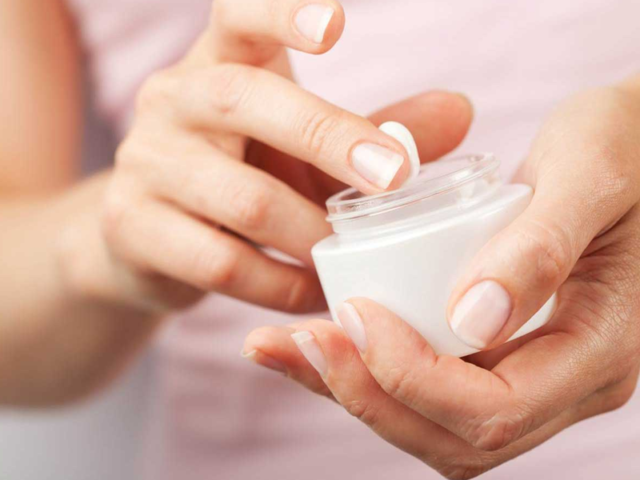
- Take Warm Baths: This helps to unclog the skin pores; very long baths should be avoided as it removes the natural oils from one’s skin.
- Exfoliate: Use a soft and gentle scrubber that is not too harsh on your skin. Applying a lot of friction can worsen the condition.
- Moisturize: Apply moisturizing and hydrating lotion. Humectants and Emollients help to hydrate and soften the skin.
- Wear The Right Clothes: Preferably avoid wearing tight clothes as it creates more friction against the skin, causing more irritation.
- Humidify: Use humidifiers in rooms to increase the moisture content in the surroundings and keep your skin hydrated.
7. Some lifestyle changes can help reduce keratosis pilaris
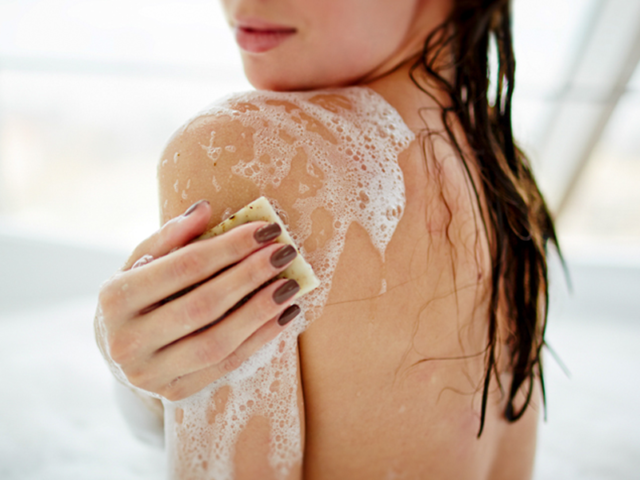
Patients can aid in the resolution of skin lesions by maintaining adequate hygiene, using hypoallergenic soaps, and abstaining from manipulating the papules. For other lifestyle changes or modifications, please refer to the previous answer.
8. Facts to debunk the top myths about keratosis pilaris
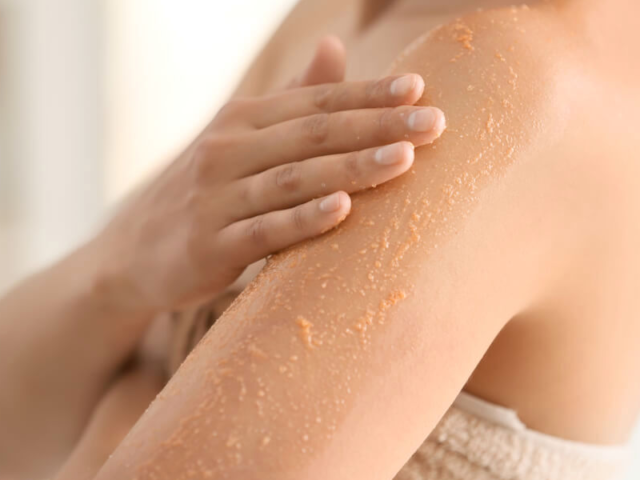
- Keratosis Pilaris (KP), caused by an overproduction of a protein called Keratin, is not likely to be affected by your diet, and therefore not cured by the same
- KP bumps cannot be scrubbed off, but some light exfoliation can be helpful
- KP are not pimples and acne medications are intended to be drying, which can cause your KP bumps to get even worse
9. Consult a doctor for this condition if self-care doesn’t help

Keratosis Pilaris usually clears up on its own gradually. If moisturizing and other self-care measures don’t help, you should consider consulting your doctor.


